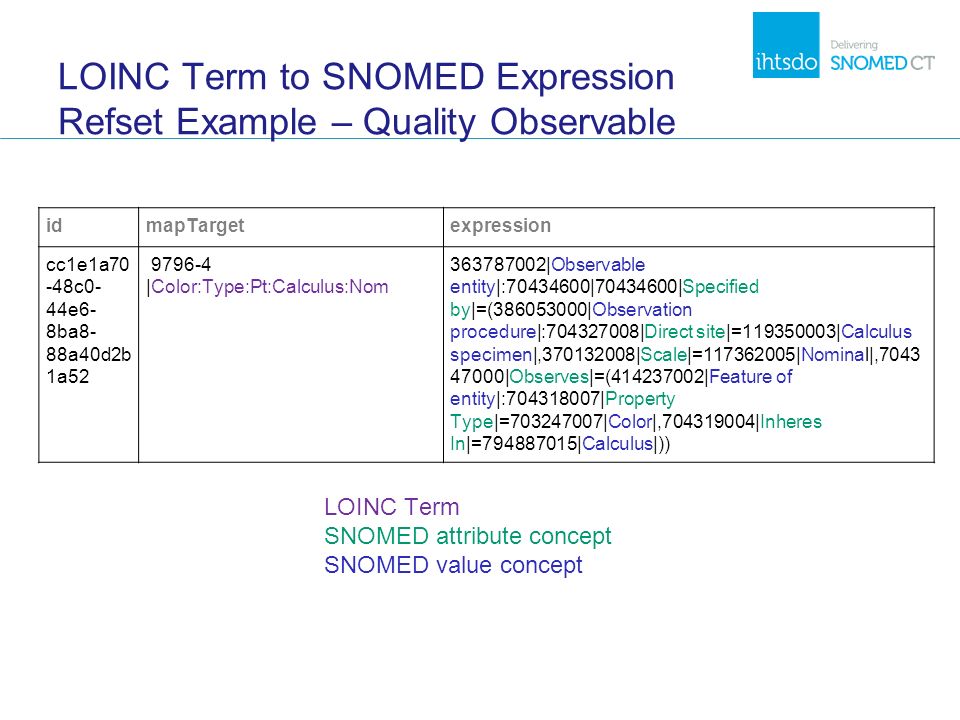Providing connection between read codes and snomed codes meek
Question 1
Read Codes are computerized coded vocabulary for clinical terms. It was introduced by a general practitioner (GP), Dr. James Read. It provides a meaningful information on patients based on mechanism of a structured storage. The Read Codes have been being used since 1985 by NHS. There are numerical values codes that available for machines to read with descriptions for humans to understand. There are two main versions of the Read Codes. The versions are known as version 2 and clinical term version 3 (CTV3). It provides a vocabulary that can be used by clinicians to help in recording the findings or procedures for health and social care for primary and secondary treatment. The clinical term version 3 of Read Codes can be considered as a superset for the pervious versions. The terms used in Read Codes is not directly acceptable for coding when it comes to Hospital Episode Statistics. The main two version of Read Codes has mapping tables that helps in generating ICD-10 and OPCS-4 codes. The last release for the terms for version 2 and clinical terms version 3 were April 2016 and April 2018, respectively. The advantage of Read Code is that it is quicker to enter the data and easily retrievable and searchable due to the structure ("READ Coded Clinical Terms", n.d.; BOOTH, 1994; Meek, 2015; "Read Codes - NHS Digital", 2020).
| Hierarchy Level | Read Code | Term |
|---|---|---|
| 1 | C | Cardiovascular Diseases |
| 2 | C2 | Chronic Heart Disease |
| 3 | C23 | Cardiac Arrest |
| 4 | C234 | High Blood Pressure |

Source: (Phillips, 2014)
Read Codes - NHS Digital. NHS Digital. (2020). Retrieved 9 February 2021, from https://digital.nhs.uk/services/terminology-and-classifications/read-codes.
SNOMED CT Codes - Systematized Nomenclature of Medicine – Clinical Terms. Findacode.com. Retrieved 9 February 2021, from https://www.findacode.com/snomed/.





